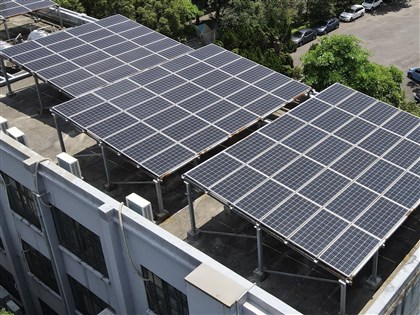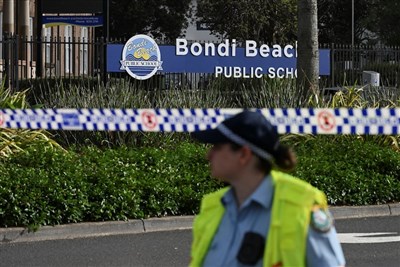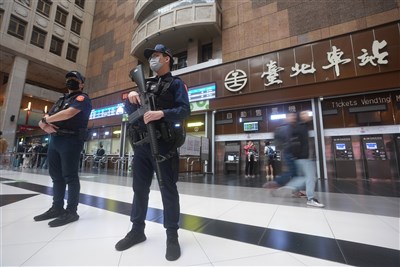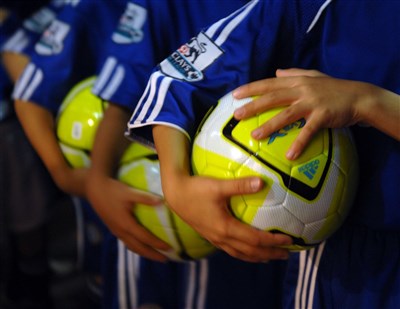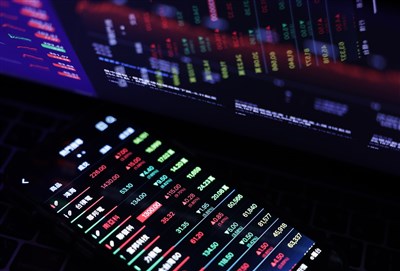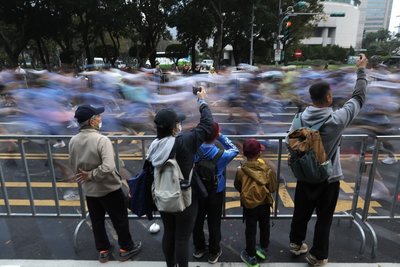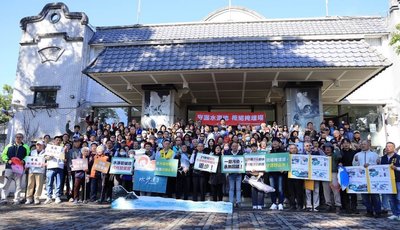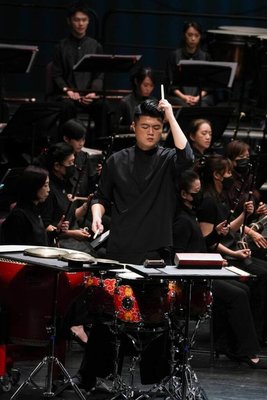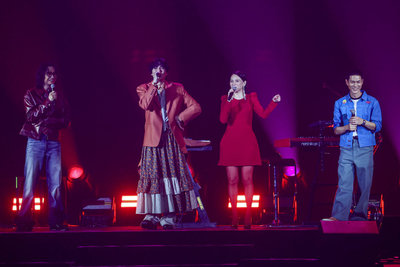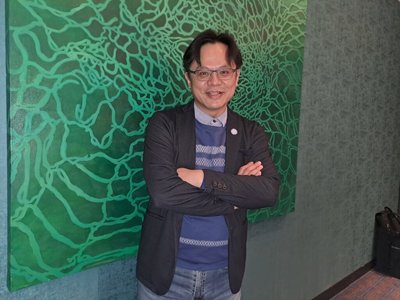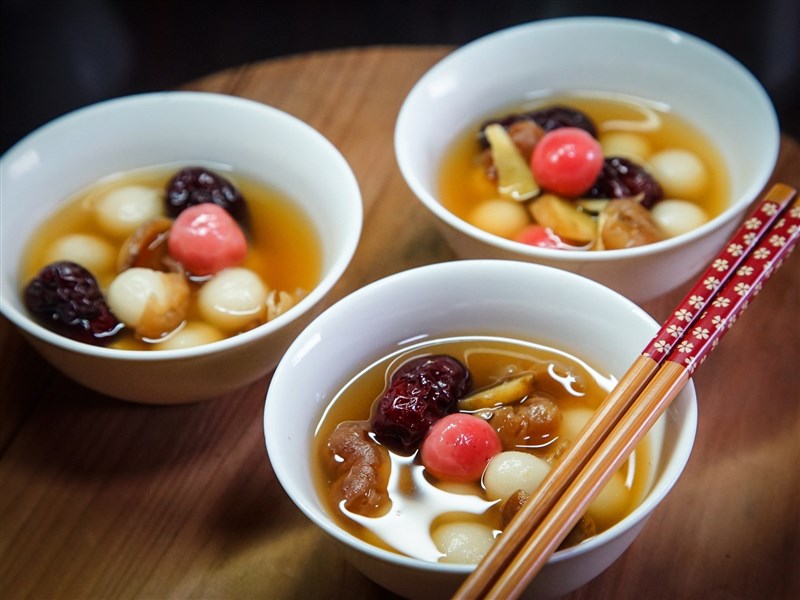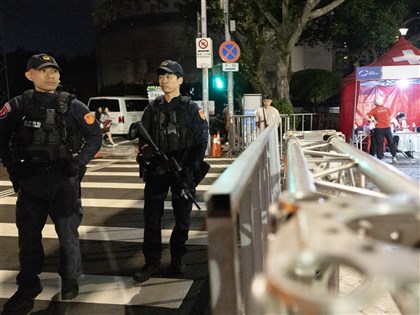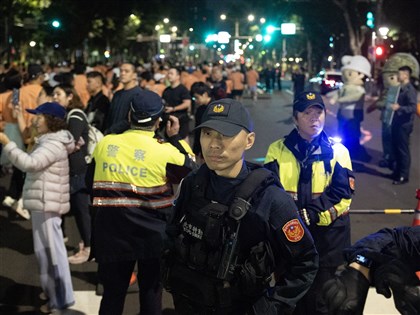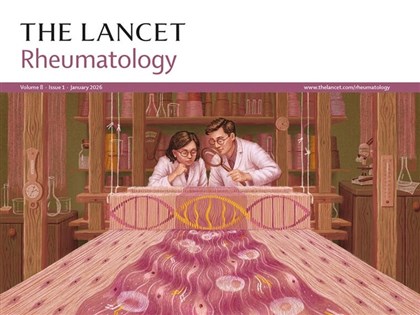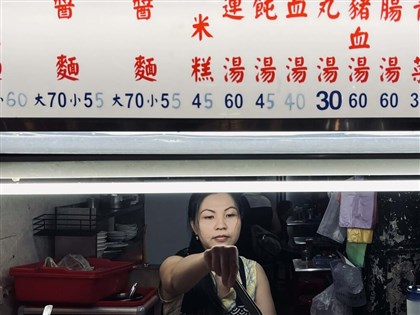聖馬可之馬
撰文及考題設計/British Council 英協教育中心 Brian Welter 中譯/陳怡君 (中央社編譯) 圖/取自Wikimedia Commons
If you have ever been to Italy, you know howmuch of the ancient world's art still exists. Havingsurvived centuries of war, disease, and revolution,every piece has its own history. The statues of fourfamous horses found at the front of Venice's basilica(a large and important Catholic church) of St. Mark'sshow this as much as any other work from antiquity,or the ancient world. The horses reflect the powerand beauty of the real animals. Elegant and strong,these horses seem to have always been there.
如果你曾造訪義大利,就會知道原來古代藝術品迄今依舊在;歷經幾世紀的戰爭、疫病與革命,倖存的藝術品各自有其歷史。例如屹立威尼斯聖馬可大教堂前著名的《聖馬可之馬》及其他古典藝品,皆展露其豐富內涵。這些駿馬展現了如真實動物的力與美,優雅且強壯,好似亙古未移。
In fact, the horses have taken quite an itinerary,finding their beginnings in the history of late ancientRome or even earlier. As recently as 1798, they werein Paris, as part of a collection of ancient statues,paintings, and other artwork that French leaderNapoleon Bonaparte plundered from Rome andother Italian cities. By 1815 they had been returnedto their previous location, in Venice's famous squarewith St. Mark's Cathedral at the centre.
事實上,這些馬曾歷經顛沛流離,牠們的起源可追溯至古羅馬後期或更早,1798年被帶到巴黎,與其他從羅馬等義大利城邦掠奪來的古代藝術雕像、繪畫或藝術品一樣,成為法國領導者拿破崙收藏的一部分,至1815年才回到原本所在之處:威尼斯著名的聖馬可廣場。
However, Venice was not their original home.The horses have been traced back to the Emperor Constantine, who officially established Rome's new capital, Constantinople, in 330. Whether he had the horses made for the city or had them brought from a Greek island is unknown. This speculation shows just how old and mysterious the horses are.
然而,威尼斯其實也不算牠們原本的歸宿,西元330年君士坦丁大帝建立了羅馬新都─君士坦丁堡,《聖馬可之馬》究竟是為了這座城市所打造,還是從某座希臘島嶼帶來的,迄今已無從考證,眾多臆測更顯出牠們的神祕與悠久歷史
Why would the ancients – the people of theancient world – want to have statues of four horses?Horse-racing was big business in ancient Rome,and the emperor's new capital would have feltincomplete without a fitting statue of muscularrace horses. It was ancient custom that in war orcompetition a chariot was pulled by four horses, such as the chariot of the Greek god Zeus. “Quad”meaning “four”, such chariots and their four horseswere called a “quadriga”. Quadriga were commondecorations on pottery and mosaics in the ancienteastern Mediterranean. In fact, chariot races werevery popular in the ancient world, and were even anevent at the Olympic games.
古人為何要造四匹駿馬像?賽馬在古羅馬是件大事,如果沒有強壯俊美的馬匹雕像,帝王的新都讓人覺得似乎不夠完整。依照傳統,雙輪戰車在戰爭或競賽時,就像宙斯的戰車由四匹馬拉行,Quad意即「四個」,雙輪戰車因此被稱為「Quadriga」。古代在東地中海區域,Quadriga常見於陶藝與馬賽克作品,事實上,雙輪戰車競賽當時非常熱門,甚至曾是奧運項目之一。
*看單篇不過癮?訂閱電子雜誌《全球中央數位雜誌》
訂閱紙本雜誌《全球中央訂購單》
As the centuries passed, the Western RomanEmpire broke up into kingdoms and large, powerfulcities. One of the most famous city-states, Venice,remained officially under the government in Constantinople,which as late as the thirteenth-centurystill saw itself in continuity with ancient Rome. In1204, one of the greatest tragedies in the MiddleAges took place: Soldiers from western countriesgoing east to fight in Jerusalem had a disagreementwith the emperor in Constantinople. Thinking thatthe emperor was tricking them, they attacked.
西羅馬帝國幾世紀後瓦解成許多王國和勢力強大的城邦,其中最有名的城邦之一―威尼斯,在體制上受直至13世紀仍自視延續古羅馬正統的東羅馬帝國管轄。1204年,中世紀以來最大慘事發生了:原本打算遠征耶路撒冷的十字軍對君士坦丁堡的統治者產生歧見,他們認為自己遭到欺騙於是發動攻擊。
A sack – rioting and theft on a great scale –resulted. Soldiers had the right to take anything theycould carry once they broke through the walls orgates. It was considered part of their pay as soldiers,and was something that they all looked forward to.Naturally, the leaders of the army would get thebiggest prizes. In the “Sack of Constantinople,”countless pieces of art, both large and small, werestolen and brought back to Western Europe, mostlyto Italy. The horses, representative of Constantinople'sfounding, were eagerly taken back to Venicevia ship.
一大群暴民、強盜集團因此成形。在當時,士兵有權在侵門踏戶後,搬走任何能搬走的物品,這是部分薪餉來源,也是從軍動機,領頭者則可取得最豐厚的獎賞。君士坦丁堡被洗劫一空,數不清的金銀財寶隨十字軍進入西歐,─大部分來到義大利。被視為東羅馬帝國發源象徵的駿馬雕像,被火速以水運載抵威尼斯。
Did the Venetians, the people of Venice, feelguilty? Not at all. The horses were proudlydisplayed as the prizes of the takeover of Constantinople,which once ruled Venice and at that time was considered to be the greatest city in Europe and theMediterranean. The horses represented Constantinople'swealth and power. They were a declarationto the world: Now Venice was more powerful thanConstantinople. Now Venice and its ships ruled theEastern Mediterranean Sea, as Constantinople hadpreviously.
威尼斯人可曾為此覺得愧疚?一點也不。《聖馬可之馬》被視為推翻東羅馬帝國的獎賞,驕傲地向世人展示著。東羅馬帝國曾統治過威尼斯,君士坦丁堡更是歐洲與地中海的第一大城。代表著財富和權力的《聖馬可之馬》,不啻向世人宣稱:現在威尼斯的勢力比東羅馬帝國還強大,而威尼斯與其船隊,取代了君士坦丁堡稱霸東地中海的地位。
Where would the recently-taken horses go? Anobvious location was St. Mark's Cathedral. A city'scathedral church was its pride. Cities competed tohave the biggest, tallest, most beautiful cathedrals,as they were the local church's seat of power. Peoplefrom all around would come to visit them, leavingprayers and money behind. Cathedrals were bigbusiness. Naturally, then, the horses were placedon the front of St. Mark's, where they remaineduntil the French took power in Italy in the 1790s.To maximize the message of Venice's new foundstrength and superiority, the horses were put highup on a sort of balcony, the church's Loggia, so thateveryone in the square would see them.
搶來的馬要放在哪裡呢?聖馬可大教堂是個明顯易懂的位置。大教堂是城市的驕傲,也是教會的權力象徵,許多城市爭相建造更大、更高、更美的教堂。大教堂同時也是門好生意,各地的人都來祝禱並給予資助。於是直到1790年法國統治義大利,《聖馬可之馬》都被安置在聖馬可大教堂前;陽台上四駿馬高高安放,廣場上的每個人都能看到,將威尼斯展現的新興力量與優越感增到最強。
Perhaps the horses were forgotten by the locals ascenturies passed. Yet in the 19th century, wealthyEuropeans started to go on tour, principally to Italyand Greece, to enjoy the ancient sculptures, architecture,and paintings. Visitors flocked to Venice,charmed by the waterways, old buildings, and St.Mark's with its horses. Perhaps that's why the Frenchsaw them as such a great prize.
幾百年過去,威尼斯人或許已淡忘《聖馬可之馬》,但在19世紀,義大利和希臘成為歐洲有錢旅人的主要目的地,這些觀光客為造訪古代雕塑、建築與畫作湧入威尼斯,讚嘆著河道、古代建築、與擁有四駿馬的聖馬可廣場,這或許也是法國人視牠們為大禮的原因。
After Napoleon's theft and then the return of thehorses, European upheaval led to them being movedtwice in the twentieth century, once to Rome in1917 to protect them from World War I and a secondtime into the basement of an old Venetian palaceduring World War II. The statues were, thankfully,unharmed. Today they proudly stand over St. Mark'sSquare in Venice, Italy.在拿破崙竊取又歸還這些馬匹後,歐洲的動盪不安,讓牠們在20世紀被移動了兩次:1917年被運至羅馬免於一次世界大戰,第二次則是二戰期間,被安放於威尼斯一座古老宮殿地下室。《聖馬可之馬》幸運地毫髮無傷,如今驕傲地在義大利威尼斯的聖馬可廣場屹立不搖。
【更多精彩內容請見《全球中央》2017年5月號;本文由《全球中央》雜誌授權刊載,未經同意禁止轉載。】
本網站之文字、圖片及影音,非經授權,不得轉載、公開播送或公開傳輸及利用。

